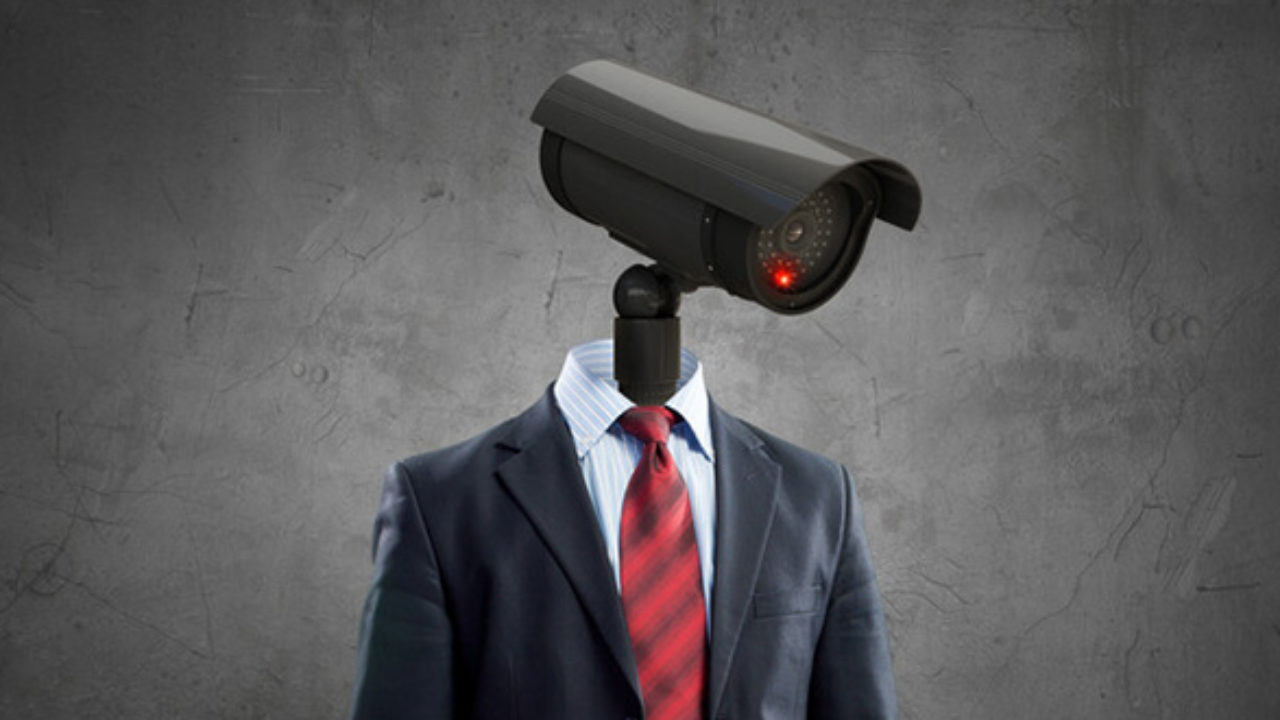You're probably right because most of today's companies use closed-circuit cameras in a number of different ways. They surveil office workers, inventory warehouses, vehicle fleet drivers, and more. Likewise, even without cameras, companies use digital tracking techniques to keep tabs on workers' social media accounts.
One of the most widespread uses of snoop software is employed in HR departments, where managers do deep background checks on anyone who applies for a job. Plus, specialized software that tracks the activities of customers and employees is embedded in computers and digital products like laptops, entertainment equipment, phones, and more. Here are the particulars about the top surveillance methods used in modern business settings.
Office Cams
Just a decade ago, all-around surveillance cameras in traditional office settings were rare. Nowadays, most businesses install multiple cameras to keep an eye on everything that happens on company property, both inside and outside the office. In fact, employees hardly notice the presence of ceiling mounted cams in nearly every corner of their workspace.
Fleet Tracking and Management Systems
In some circles, the word surveillance has taken on a negative connotation, especially when it refers to law enforcement or government agencies prying into the personal business of private citizens. However, the contrary is true in the world of transportation management, where owners and managers seek out ways to keep an eye on their valuable assets around the clock.
The latest twist on dash cameras includes sophisticated devices that offer video-based safety functionality. One example is the modern AI dash cam that has the ability to record real-time incidents and detect potentially dangerous road situations. Most also come with in-cab coaching for drivers so anyone behind the wheel can operate the vehicle in the safest way possible. Dash cams save money and lives.
Customer and Employee Tracking
Surveillance is about more than cameras. In many situations, software does the job of keeping track of the actions of customers and workers. It can even help manage business finances in terms of productivity and output of employees. Sophisticated apps built into corporate computer networks maintain vast files of data about machine usage, whether sensitive databases were accessed, how many minutes each employee was online or working within a company system, and much more. Customer tracking is the primary job of CRM (customer relationship management) systems that gather relevant information on every prospective and current customer as well as data about website visitors when possible.
Social Media Snoopers
Along with HR departments, many company departments regularly perform social media checks on employees to make sure no one is putting the organization in a bad light. Risqué photos, extreme political diatribes, questionable videos, and other components of employees' social sites are checked from time to time, and some social media activity can get people fired or put on probation.
Deep Background Checks for New Hires
The modern human resources (HR) department has become something close to an in-house intelligence agency for businesses of all sizes. New hires and job applicants, for example, are intensely scrutinized by a variety of high-tech apps that are part of the current HR arsenal. Applicant resumes are routinely investigated for veracity. Additionally, HR department managers run thorough checks on the social media footprints of potential hires.






